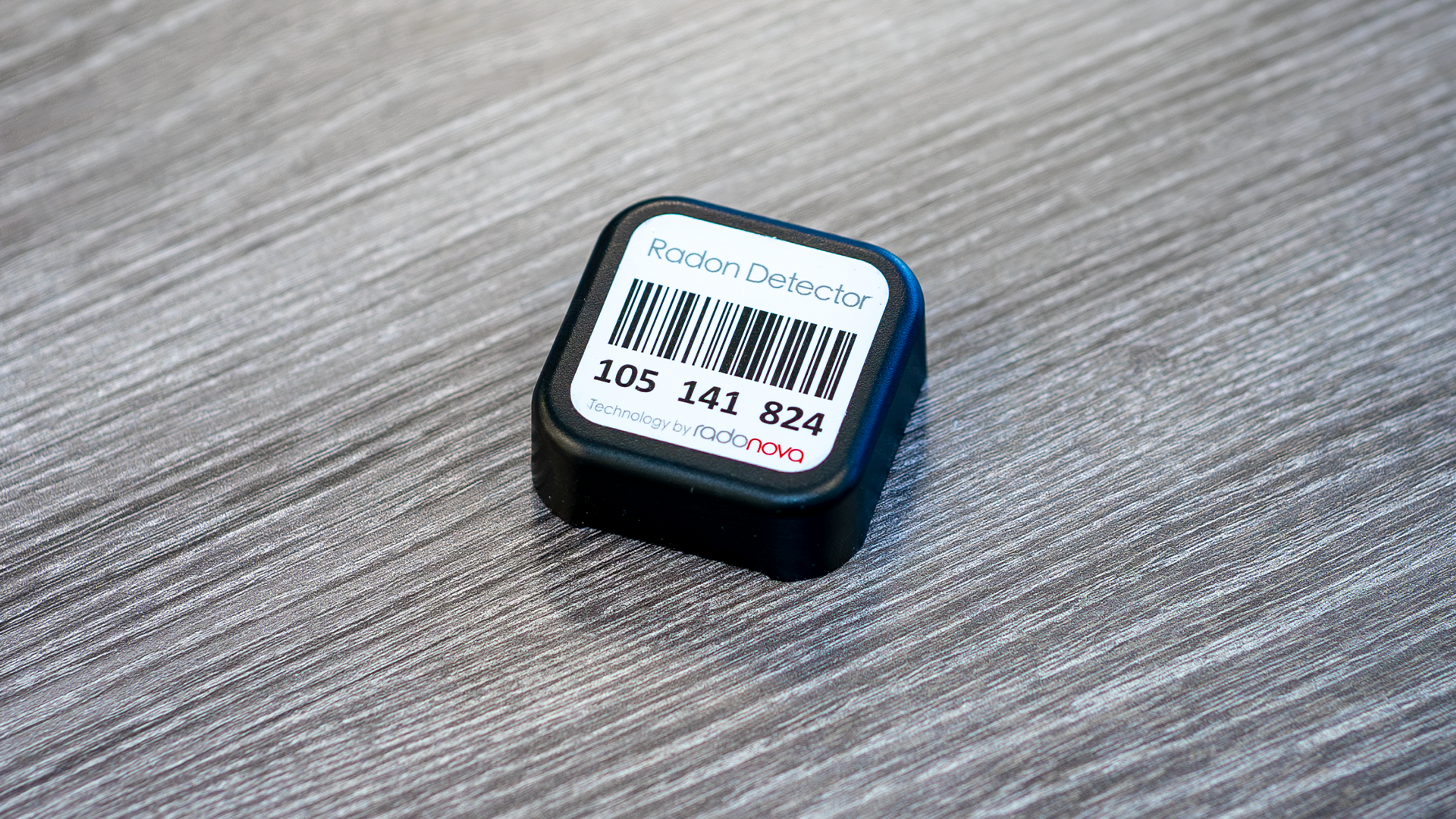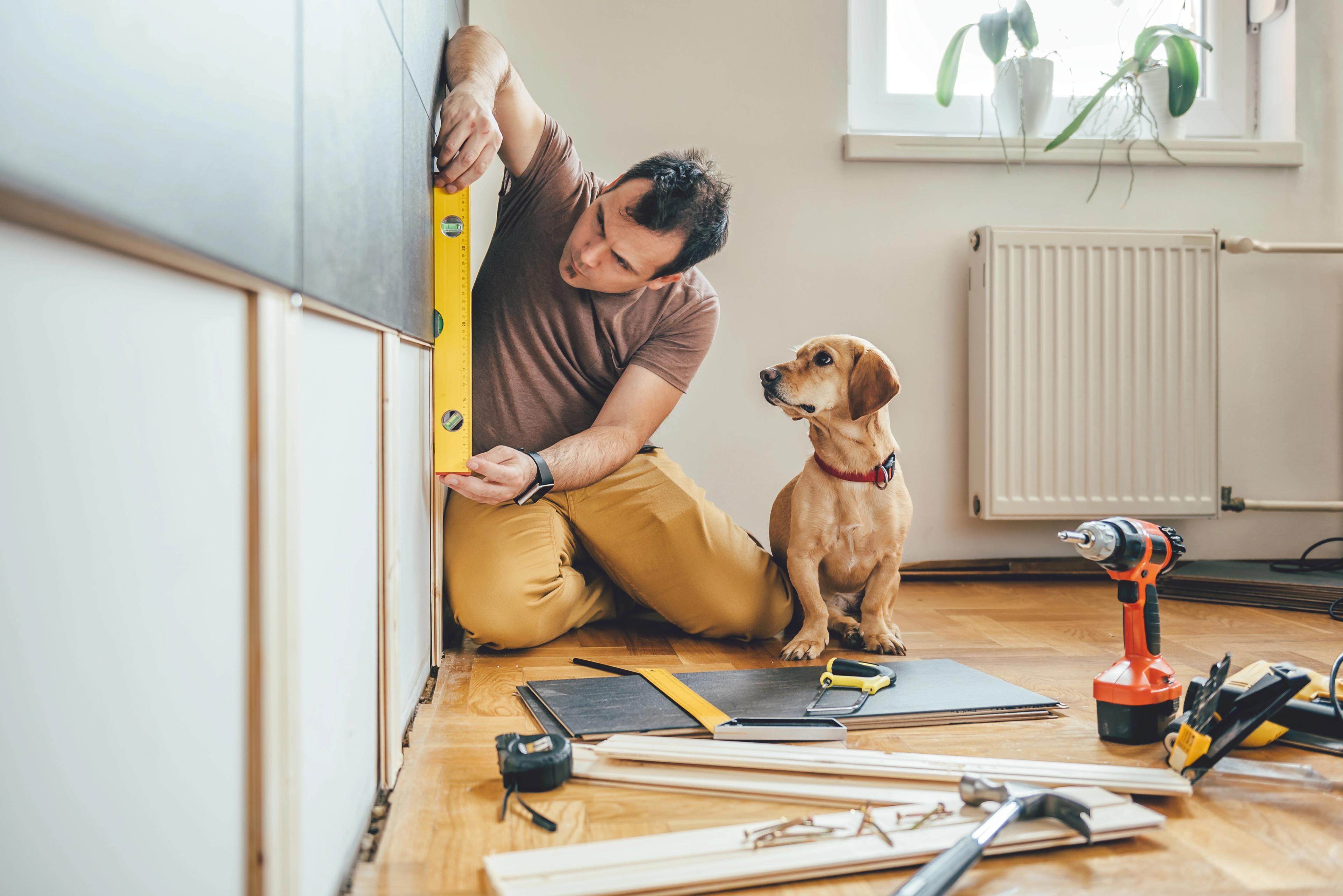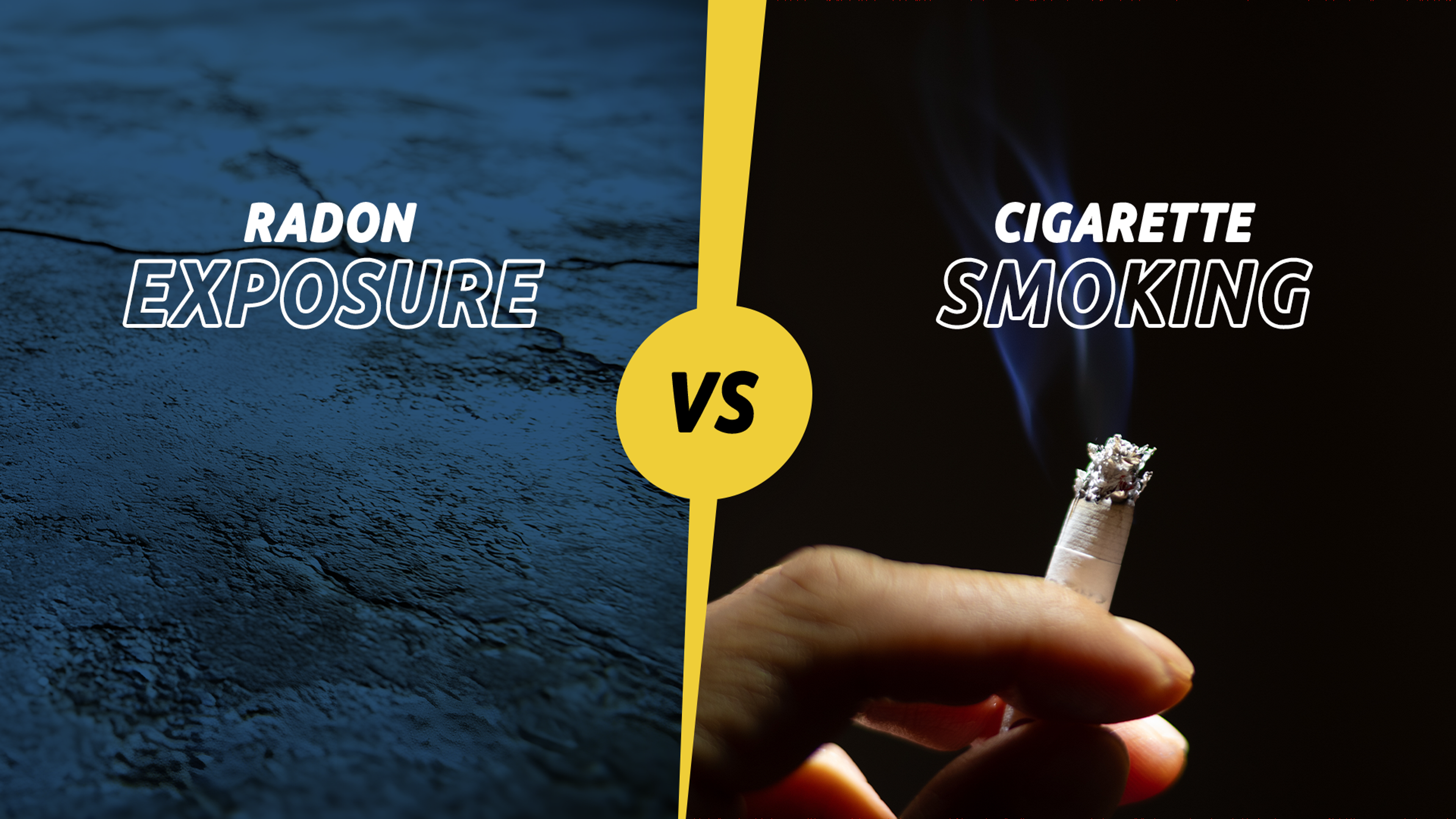

Why Test for Radon After a Home Renovation
The EPA and Health Canada recommend testing your home for radon after it has been remodeled or renovated. Even if you tested before the renovations occurred you should test afterwards. If you already have a radon mitigation system, it is also recommended that you retest your home after the remodel to make sure the construction did not reduce the effectiveness of the radon mitigation system.
How radon enters a home
Radon is an odorless, colorless radioactive gas that enters a home from decay of uranium in the soil beneath a house through cracks in the foundation, basements, floor drains, sump pumps, and floor joints. It becomes trapped within the home where it enters the air we breathe. When inhaled into the lungs, radon decay products turn into radioactive particles that damage the DNA cells lining the lungs. Long term radon exposure can lead to lung cancer.
Test for radon after a home renovation for the following reasons:
Changes in airflow
Any structural changes that affect airflow patterns in your home can change how radon enters and circulates within your home. Performing foundation repair, moving or removing walls, changing out windows or doors, and moving air ducts or vents are examples of renovations that can alter ventilation patterns within a home.
Energy efficiency
Improving energy efficiency is often a home renovation goal, but it also increases the chances of radon gas becoming trapped within your home. A new roof, sealing air leaks, and increasing insulation in your home all work to save energy and can consequently increase the radon gas within the house.
Renovating a basement
A basement is typically the lowest lived in area of a home and the first source of radon entry into the home. As such, basements can have higher radon than the rest of the home. Whether the basement being remodeled is finished out or unfinished, any changes to this part of a home will affect how radon enters the home.
Economical time to install a radon reduction system
Installing a radon reduction system as part of a home renovation can be more efficient and economical. Coordinating the construction contractor with the certified radon mitigator will help ensure a seamless installation, less headache for the homeowner, and peace of mind that harmful radon gas will be minimized.
Test for radon after a home renovation to help minimize your risk of radon-induced lung cancer. If your post-renovation radon test measures radon levels above the actionable limits of 4 pCi/L (United States) or 200 Bq/m3 (Canada), then you can take the necessary radon reduction measures to protect yourself and family.
Click here to stay informed about radon industry news and product discounts.
Published
October 23, 2024




